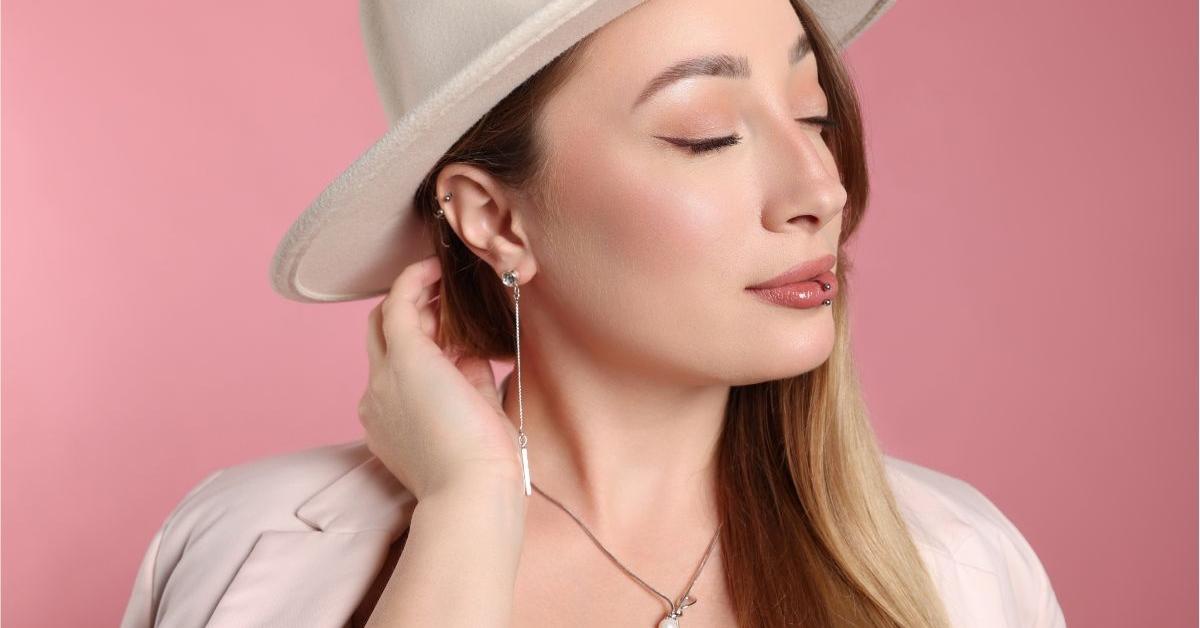Body piercing is a popular form of self-expression, allowing individuals to adorn themselves with unique jewelry and make a statement about their personal style. However, as with any modification to the body, safety should be a top priority to ensure a healthy and successful piercing experience. In this article, we will explore essential tips for body piercing safety, covering everything from choosing a reputable piercer to aftercare practices.
1. Choose a Professional Piercer
Selecting a reputable and professional piercer is the foundation of a safe piercing experience. Look for studios that adhere to strict hygiene standards, use sterile equipment, and employ experienced piercers with proper certifications. Ask for recommendations, read reviews, and visit the studio in person to assess cleanliness and professionalism.
2. Research Piercing Studios
Before committing to a piercing studio, research their reputation and ensure they comply with health and safety regulations. Reputable studios provide detailed information about their sterilization processes, use high-quality jewelry, and prioritize client safety. Avoid makeshift setups or piercers operating without proper licenses.
3. Check for Sterilization Practices
Sterilization is crucial in preventing infections. Ensure that the piercing studio follows strict sterilization protocols, including the use of autoclaves to sterilize equipment. Single-use needles and disposable gloves should be standard practice, minimizing the risk of cross-contamination.
4. Verify Piercing Materials
High-quality, hypoallergenic materials are essential for body piercing jewelry. Verify that the studio uses materials such as surgical-grade stainless steel, titanium, or niobium, which are less likely to cause allergic reactions. Avoid materials with nickel content, as nickel allergies are common and can lead to complications.
5. Understand the Piercing Process
Before getting a piercing, familiarize yourself with the entire process. A professional piercer should explain the procedure, including the placement of the piercing, the type of jewelry used, and the expected healing time. Understanding the process helps manage expectations and ensures you are fully informed before making a decision.
6. Prioritize Personal Hygiene
Maintaining personal hygiene is crucial before and after getting a piercing. Cleanse the area around the piercing site with mild soap and water to reduce the risk of infection. Avoid applying lotions, creams, or makeup to the pierced area until it has fully healed.
7. Follow Aftercare Instructions
Piercing aftercare is a critical aspect of the healing process. Professional piercers provide detailed aftercare instructions tailored to each type of piercing. Follow these instructions diligently, which may include cleaning routines, avoiding certain activities, and refraining from changing the jewelry too soon.
8. Monitor for Signs of Infection
Vigilance is key in preventing complications. Keep a close eye on the pierced area for any signs of infection, such as increased redness, swelling, pain, or discharge. If you notice any unusual symptoms, consult with your piercer or a healthcare professional promptly.
9. Avoid Touching or Twisting Jewelry
Resist the temptation to touch or twist the jewelry during the healing process. Touching the piercing with dirty hands or rotating the jewelry can introduce bacteria and impede the healing process. Only handle the piercing when cleaning it, and do so with clean hands.
10. Be Patient with Healing
Healing times vary depending on the type of piercing. Be patient and avoid changing the jewelry prematurely, as this can disrupt the healing process. Follow up with your piercer for a check-up if you have concerns about the healing progress.
11. Choose the Right Jewelry for Your Lifestyle
Consider your lifestyle when selecting jewelry. If you engage in activities that may put strain on the piercing, such as contact sports, choose jewelry that minimizes the risk of injury. Your piercer can recommend suitable options based on your lifestyle.
12. Stay Informed About Potential Risks
Educate yourself about potential risks associated with specific piercings. Some areas of the body are more prone to complications than others. Understanding the risks allows you to make informed decisions and take appropriate precautions.
13. Specific Care
If you’ve opted for something like nose rings, there are additional considerations for care. Take care not to rotate or twist the nose ring during the healing process, as the movement may slow down the healing or even lead to complications. Cleanse the area around the nose ring gently, ensuring that cleaning solutions do not get inside the nostril. If you wear glasses, be cautious not to let them put pressure on the piercing. Following these nose ring-specific care tips contributes to a smoother healing process and reduces the risk of irritation or infection.
Conclusion
In conclusion, a safe and successful body piercing experience begins with careful consideration of the studio, piercer, and materials involved. Prioritize hygiene, follow aftercare instructions, and stay vigilant for any signs of infection. By approaching body piercing with knowledge and caution, you can enjoy a positive and healthy experience that aligns with your personal style. Always remember that consulting with a professional piercer and seeking prompt medical attention for any concerns are essential steps in ensuring the safety of your body piercing journey.

